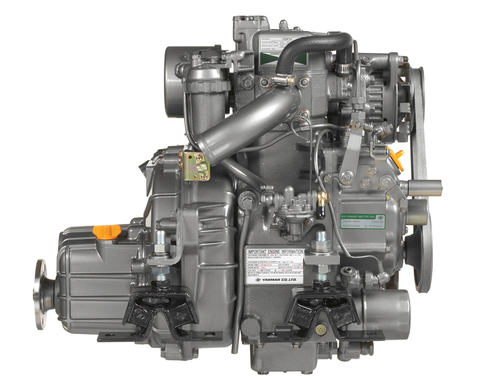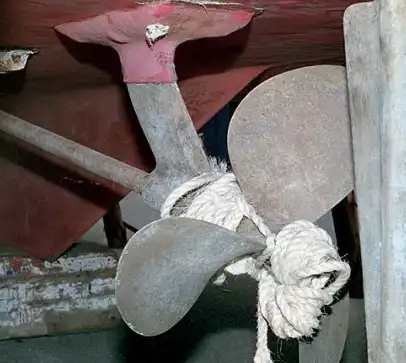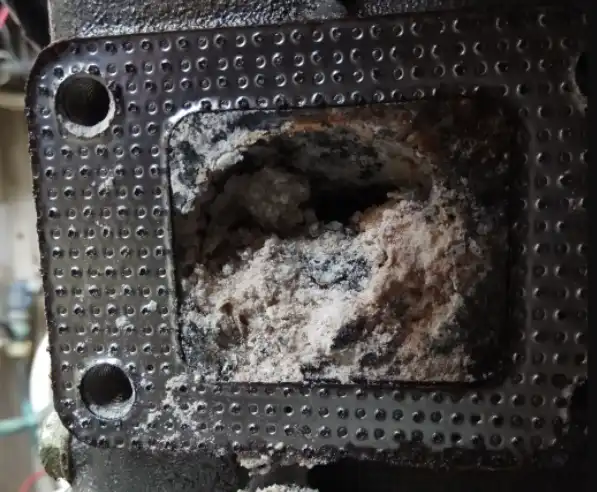

This morning I started out for my annual vacation on my sailboat. When underway the exhaust started to give out white smoke although the water coming out remained the same as usual. It also felt under-powered so given that there wasn’t much wind, I went into the nearest marina to investigate. The engine is a Yanmar 2GM20.
When we were approaching the entrance I decided to run some trials to help diagnose the problem. When I increased the revs of the engine more than before, I also saw black water coming out of the exhaust as well as the smoke.
After mooring for an hour, I restarted the engine and there was no smoke but it still felt under-powered.

There are a number of things to check in the situation described above, and it makes sense to check them in order of difficulty. Also worth noting is that if anyone has made any recent changes or modifications to the engine or the fuel system, such as a new prop or filter changes, then that area must be investigated first.
1. Check the Propeller
Late in the sailing season, boats may have been sitting for some time. Perhaps the propeller is simply fouled – either by organic growth or by a line. A fouled propeller is harder for the engine to turn as it experiences greater drag in the water. In a relatively cold running engine like a Yanmar GM, this increased load can cause issues with combustion timing. The result is that the fuel fails to burn properly or evenly. Partly or unburned fuel appears in the exhaust as white / grey smoke. This might require a visual inspection which might in turn require you getting wet! Before you do that, though, with the engine off and in neutral try to turn prop shaft by hand and check for unusual resistance or binding. Perhaps your stern gear is adding resistance or a line has wrapped around the shaft.

2. Check the exhaust elbow
A salt / carbon exhaust blockage could be causing the problem. These engines are notorious for clogging up at the point where the cooling water is injected back into the exhaust gases. The fact that many original elbows were made from mild steel made things worse. Additionally, soot build up in the exhaust water will give it a blackish appearance. Providing that no leaks have formed, cleaning it out is a minor job. Taking off the exhaust manifold is a relatively easy job involving removing just 6 screws.

3. Check the Oil and the Valve Clearances
Again, white smoke is unburned fuel. It could be one of many reasons but it may be that one cylinder is losing compression. This can be due to a stuck piston ring which might simply free itself. At this stage, however, it would be a good idea to check the oil level with the dipstick. And always make sure that you’re using the correct oil for your engine.

If you still haven’t found the issue, the next step is to think about checking the valve clearances. A badly adjusted valve will not only cause this problem but will damage the valve too. Then ensure there are no air leaks in the fuel system between the pump and cylinders. You’ll have to check both cylinders as you won’t know which cylinder it is. Also on your agenda would be a compression test which isn’t easy on this engine as there are no glow plugs so the pressure tester must be inserted in to the injector housing. And while the injectors are out, you will need to get them checked by an injector specialist. The fuel pump will also need checked if all above is fine.
But let’s hope that it’s just some seaweed on the propeller.
